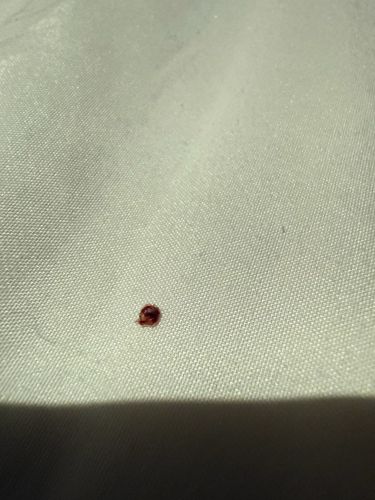Bed Bug
Scientific Name: Cimex lectularius
Order & Family: Hemiptera (order), Cimicidae (family)
Size: Adults typically 4 to 5 mm (0.16 to 0.20 inches) in length, nymphs are smaller.

Natural Habitat
Primarily human dwellings, especially beds, mattresses, bed frames, and cracks/crevices in walls and furniture. They prefer to hide in dark, secluded places close to their human food source.
Diet & Feeding
Exclusively blood of warm-blooded animals, primarily humans. They feed by piercing the skin with a stylet and drawing blood.
Behavior Patterns
Nocturnal; most active at night when hosts are asleep. They are very adaptable and can survive long periods without feeding (several months to over a year). They reproduce quickly, with females laying several eggs per day. Eggs hatch in 6-17 days, and nymphs mature in about 21 days under optimal conditions.
Risks & Benefits
Potential risks include itchy red welts from bites, allergic reactions, secondary skin infections from scratching, and psychological distress (anxiety, insomnia). They are not known to transmit diseases to humans. There are no known direct benefits of bed bugs to humans or the ecosystem, other than serving as a food source for some predatory insects in nature.
Identified on: 11/3/2025